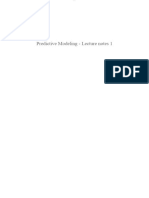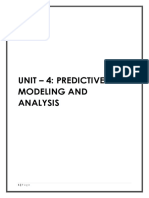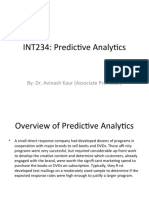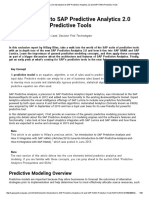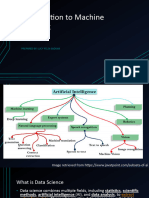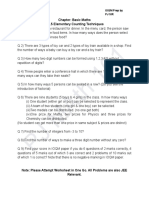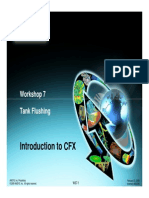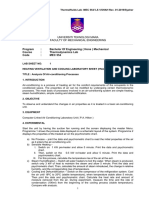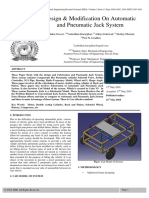0% found this document useful (0 votes)
36 views35 pagesPredictive - Analytics 1
The document discusses the applications of predictive analytics across various sectors, including finance, healthcare, retail, and human resources, highlighting its role in credit scoring, disease prediction, inventory management, and employee attrition prediction. It contrasts predictive analytics with business intelligence, emphasizing the data-driven nature of predictive models and their focus on forecasting future behaviors. Additionally, it covers learning paradigms, model types, and the importance of historical data in predictive modeling.
Uploaded by
Dr Ram MangrulkarCopyright
© © All Rights Reserved
We take content rights seriously. If you suspect this is your content, claim it here.
Available Formats
Download as PDF, TXT or read online on Scribd
0% found this document useful (0 votes)
36 views35 pagesPredictive - Analytics 1
The document discusses the applications of predictive analytics across various sectors, including finance, healthcare, retail, and human resources, highlighting its role in credit scoring, disease prediction, inventory management, and employee attrition prediction. It contrasts predictive analytics with business intelligence, emphasizing the data-driven nature of predictive models and their focus on forecasting future behaviors. Additionally, it covers learning paradigms, model types, and the importance of historical data in predictive modeling.
Uploaded by
Dr Ram MangrulkarCopyright
© © All Rights Reserved
We take content rights seriously. If you suspect this is your content, claim it here.
Available Formats
Download as PDF, TXT or read online on Scribd
/ 35








